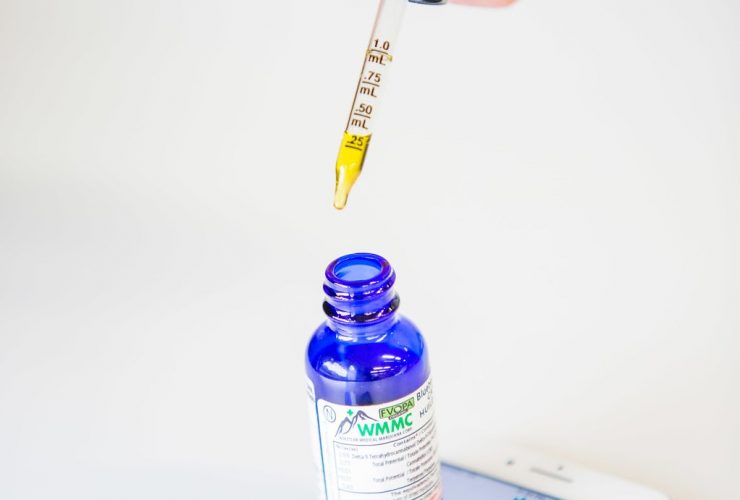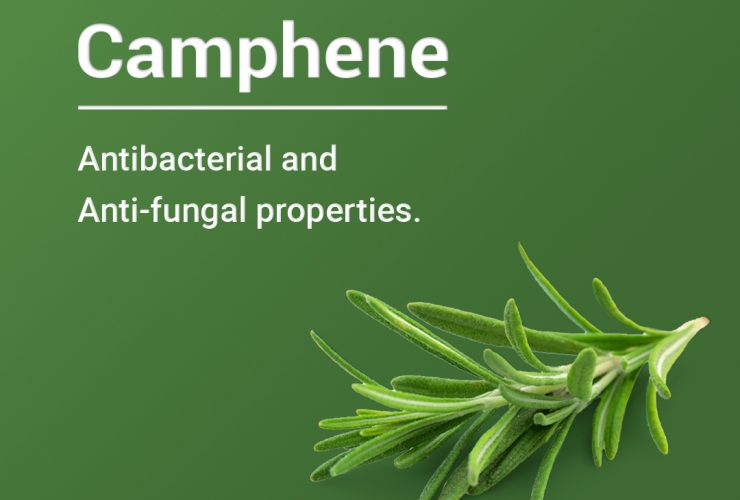Understanding Sublingual Cannabis Consumption

Written by
A variety of methods for consuming cannabis are available to patients and adult consumers, including smoking, vaporization, edibles, tinctures, topicals, and sublingual oils and tinctures.
Possibly the safest and most efficacious of these consumption routes—yet ironically the least understood—is sublinguals (which are applied under the tongue, a region known as the oral mucosa or mucosa membrane). This route involves direct and fast absorption of cannabinoids and terpenes into the bloodstream, with onset in a only 10 to 20 minutes.
Sublinguals include oils, sprays, strips, and tinctures. Oil may be directly applied or contained within a capsule or other vessel that dissolves under the tongue.
Bioavailability & Precision Dosing
Important within this dialog is the concept of bioavailability. Bioavailability is a subcategory of absorption within pharmacology. It refers to the percentage or portion of a dose of a drug or chemical that actually reaches the bloodstream to provide real benefit to a patient. Both inhalation and ingestion involve loss of medicine during absorption and metabolization. Technically, the only way to achieve 100 percent bioavailability is to administer a drug intravenously.
Sublingual applications can be precisely dosed due to their relatively abundant bioavailability. It is for this reason that many medical professionals and caretakers focused on patient welfare prefer sublingual products. Some physicians and medical technicians employ only this consumption approach because their research or treatment protocols require the precise dosing that is afforded by sublingual applications.
Although its onset is slightly slower than smoking or vaping, sublinguals offer the benefit of no harm to the lungs from heat or tars. Sublinguals also appeal to patients suffering from bronchial disorders, such as asthma or chronic bronchitis.
What the Experts Think
Mara Gordon, a medical researcher who is president of The Oil Plant in Bodega Bay, California, relies exclusively on sublingual applications to treat a wide variety of patients, from preschoolers suffering Dravet Syndrome epilepsy to octogenarians hampered by debilitating rheumatoid arthritis.
“There is tremendous variability when taking edibles from person to person and dose to dose,” she said during an exclusive interview with Strainprint Technologies. “We have determined that sublingual administration allows for greater predictability of onset and effectiveness. For this reason, we recommend sublingual to patients for the ingestion of cannabis orally,” said Gordon.
Forms of Application
There are several methods available for consuming the medicinal molecules of the cannabis plant, cannabinoids and terpenes, sublingually. These include the following:
- Dissolvable strips: Offer the convenience of discreet consumption in business settings or during travel. No oily mess or stains.
- Direct application of oil: Typically administered from a syringe, this method is good for home or doctor’s office, but not necessarily a work setting or during travel.
- Medicated lozenges: Like oil capsules, lozenges are held under the tongue or chewed to dissolve and be absorbed.
- Oil in a dissolvable capsule: Very similar to medicated lozenges. Oil capsules and dissolvable strips are among the most common forms of sublingual consumption.
- Sublingual sprays: Like strips, sprays offer convenient and discreet storage for business or travel and appear to be “regular medicine.”
- Tincture in an eyedropper: Unique in that they can be both consumed sublingually and ingested via the stomach. Tinctures are an economical method of consumption because any product that isn’t absorbed in the mucosa membrane is swallowed and metabolized by the stomach and liver (producing a time released effect, like many common pharmaceutical medications).
Harm Reduction & Medical Preference
Many medical practitioners consider sublingual consumption to be the optimal way of supplementing a patient’s body with cannabinoids and terpenes from herbs like cannabis. For patients who cannot smoke or vape—or simply desire to avoid the odor, social disapproval, and health risks of smoking—sublinguals are a great option that offers significantly faster onset than edibles.
Modern legal markets for cannabis mean that many patients and adult consumers now have more options regarding forms of cannabis consumption. This luxury, however, requires that patients arm themselves with knowledge so that they can best apply a particular delivery mechanism to their particular needs, preferences, and lifestyle.


